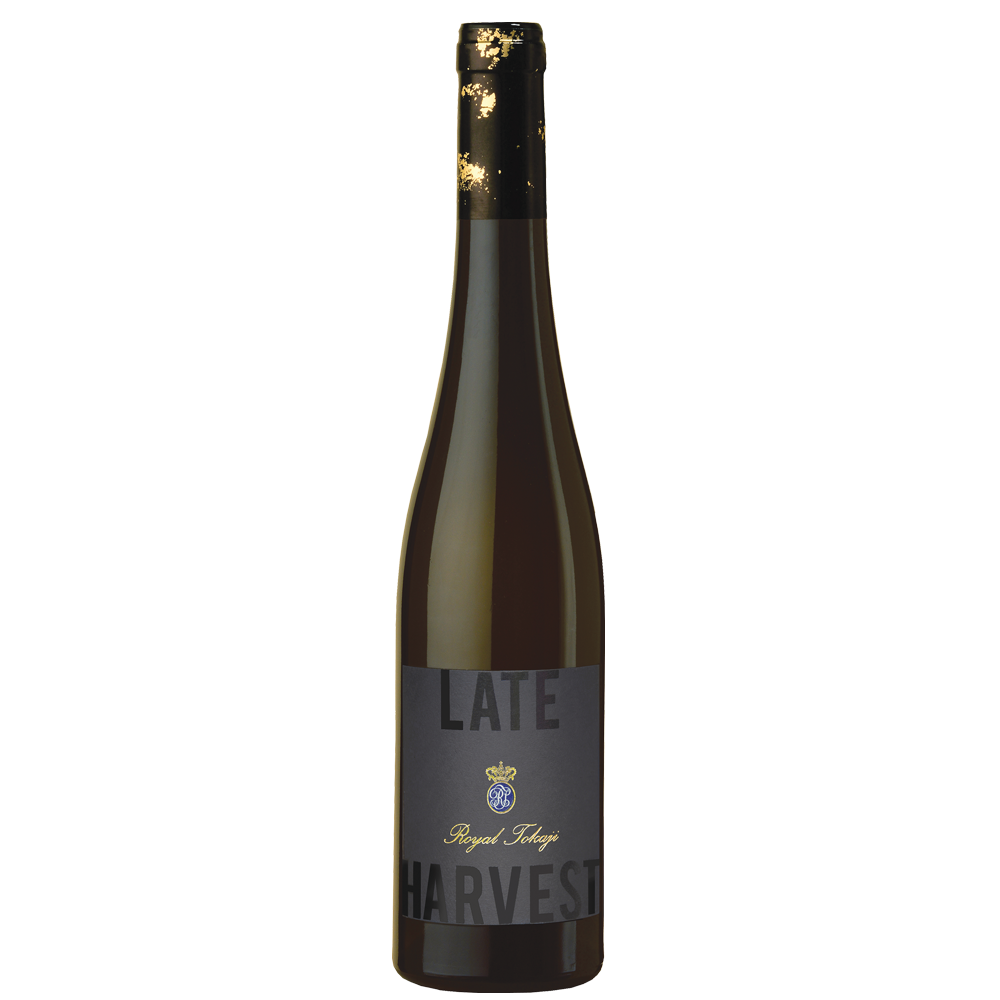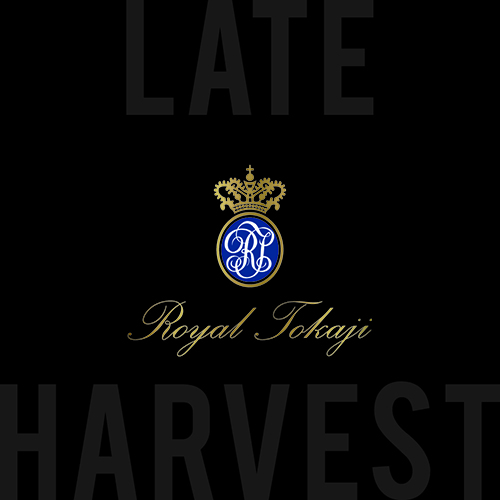
Royal Tokaji
Late Harvest Tokaji
Late Harvest uses partial bunch selection, which naturally includes ripe, overripe and botrytised berries, giving a distinctive Tokaji character with only six months maturation in barrel. This wine highlights the natural acidity and freshness of native grapes Furmint and Hárslevelű and delivers fresh stone fruit and floral character, a silky texture and a long, crisp finish.
Vintage Factsheets
A cool spring, followed by a hot summer with temperatures frequently exceeding 35°C and intermittent showers that accelerated grape maturation. This combination of heat and moisture led to an early harvest, with perfect conditions in October for the formation of Aszú berries. The clear, sunny days and high temperatures, coupled with no precipitation, were ideal for the final stages of ripening across the vineyards. This allowed the grapes to develop a signature richness and complexity.. The blend includes a generous proportion of Aszú berries across many sites, contributing depth and sweetness to the wine. After pressing, the juice was fermented in tanks before being aged in barrels for five to six months, enhancing its character. The Late Harvest is a testament to the ideal conditions of the year.
- Region
- Tokaj
- Appellation
- Tokaj
- Varietal Composition
- Furmint, Harslevelu, Sargamuskotaly
- Aging
- Majority of the wine aged in barrels for five to six months.
- Alcohol
- 11.63%
Pale gold color with delicate citrus and spicy aromas. Light and refreshing on the palate with hints of white peach and honey, this wine has an excellent acid balance, a smooth, silky texture and a clean, long, crisp finish.
Decanter
90 Points
2019
"The nose displays attractive aromas of yellow fruits and quince. Harmonious on the palate, with some grippy texture."
—
Decanter
90 Points
2019
"The nose displays attractive aromas of yellow fruits and quince. Harmonious on the palate, with some grippy texture."
—




